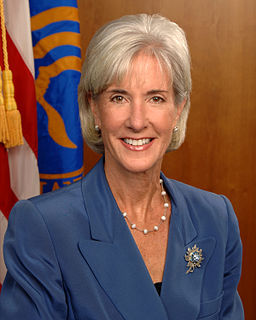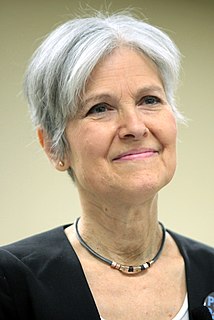A Quote by Pascal Couchepin
If you look at the expenses of a great pharmaceutical company, they pay between about 10 to 15 percent of their expenses for research, but they use 30 to 40 percent of their incomes for marketing and promotion. It is not completely wrong that they spend so much, but it is not correct to say that there is a direct connection between the price of drugs and the cost of research. It could be more between the cost of marketing and the cost of the drugs.
Related Quotes
Drug companies spend more on advertising and marketing than on research, more on research on lifestyle drugs than on life saving drugs, and almost nothing on diseases that affect developing countries only. This is not surprising. Poor people cannot afford drugs, and drug companies make investments that yield the highest returns.
On the Internet, there are an unlimited number of competitors. Anybody with a Flip camera is your competition. What makes it even worse is that YouTube is willing to subsidize the cost of your bandwidth. So anybody can create and distribute for free basically, but the real cost is marketing. And that's always the big cost - how do you stand out and what's the cost of standing out? And there's no limit to that cost.
Between 1965 (the beginning of LBJ's "Great Society") and 1994, welfare spending has cost the taxpayers $5.4 trillion in constant 1993 dollars. The War on Poverty has cost us 70 % more than the total price tag for defeating both Germany and Japan in World War II, after adjusting for inflation. Many believe that Welfare has destroyed millions of families and cost a huge portion of our national wealth in the process.
If we have the right preventive and primary care, if we start charging for comprehensive care in the chronic cases, 10 percent of the cases take up two-thirds of the medical expenses, and if we do more on problems like childhood obesity, that we can, to use the parlance that's popular in Washington, bend the cost curve and eventually reconcile this so our costs will be closer to our competitors and so we can cover everybody.
A research group found that 56 percent of major companies surveyed in the late '80s agreed that 'employees who are loyal to the company and further its business goals deserve an assurance of continued employment.' A decade later, only 6 percent agreed. It was in the '90s that companies started weeding people out as a form of cost reduction.


































